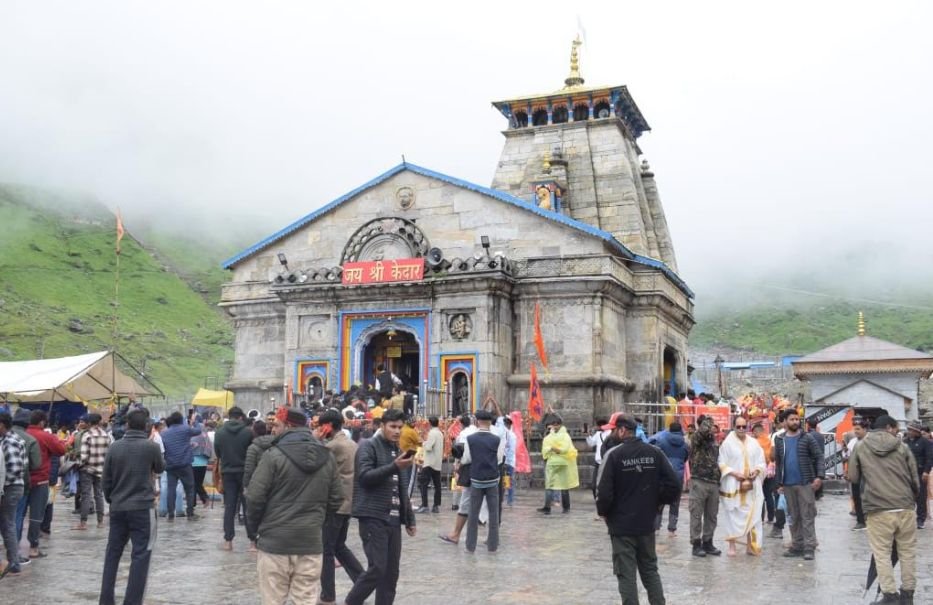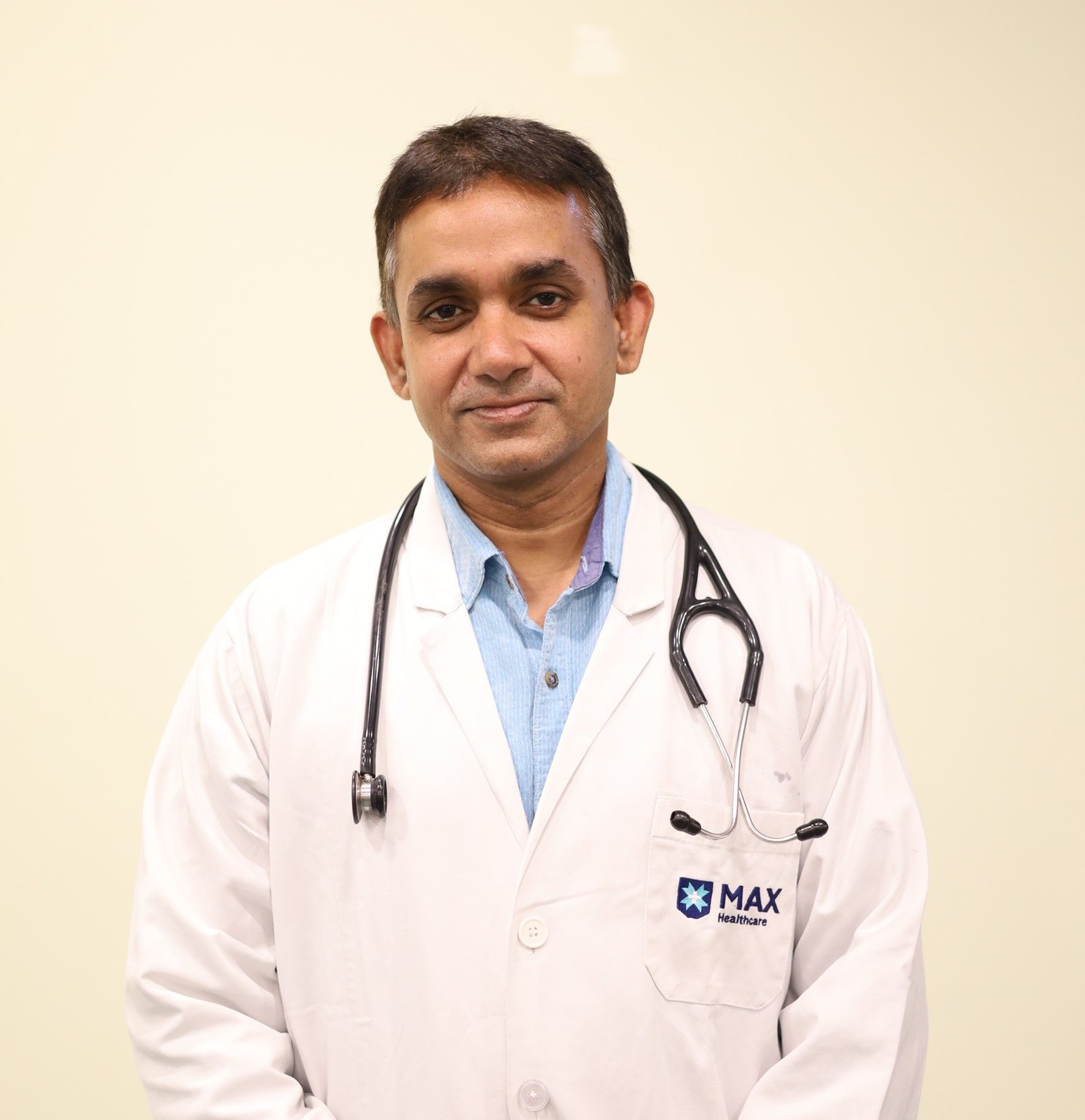Dehradun: The Kedarnath Dham pilgrimage continues to break new records each year. On one hand, the number of devotees arriving from across the country and abroad to visit Baba Kedarnath is setting new benchmarks, while on the other hand, the growing pilgrimage is continuously benefiting local people by providing them employment opportunities. At the same time, the government is earning substantial revenue through the facilities being provided to pilgrims by the administration. It has been a full month since the temple doors opened, and during this period, local businesses and government services have generated a business of over ₹2 billion (₹200 crores). With the onset of June, the number of devotees is also increasing, which will further benefit local traders and women’s self-help groups.
For the 2025 pilgrimage, the doors of Baba Kedarnath Dham were opened for devotees on May 2. A full month has passed since then. On Sunday, June 1, the total number of devotees who had visited Baba Kedarnath crossed 700,000. On average, around 24,000 devotees visited Kedarpuri daily in the last month.
The Kedarnath pilgrimage is considered one of the toughest spiritual journeys in India. The darshan of the 11th Jyotirlinga, nestled in the lap of the Himalayas, can be accessed only after trekking a challenging 20-kilometer route. In this trek, horses and mules play a crucial role. Elderly and physically unable devotees often rely on them, and they are also used to transport food and other essential goods to the pilgrimage route and Kedarpuri. Chief Veterinary Officer Dr. Ashish Rawat said that as of May 31, 139,444 pilgrims used horses and mules, generating an income of over ₹405 million. However, operations were temporarily affected due to the outbreak of Equine Influenza this year.
Helicopter services play a vital role in the Kedarnath Dham Yatra. They provide an opportunity for those unable to walk the route to still have darshan of Baba Kedarnath. These services are also critical for rescue operations, with two to three emergency medical evacuations occurring daily. District Tourism Officer and Nodal Helicopter Service Coordinator Rahul Chaubey stated that this year, eight companies are operating from nine helipads. By May 31, around 33,000 devotees had reached Kedarnath via helicopter, generating about ₹350 million in revenue. Chaubey appealed to devotees to use only the official IRCTC website for bookings.
Just like horse and mule services, dandi-kandi (palanquin and basket carriers) services are also significant for those who cannot walk. Many families use these for small children as they are considered safer. Some devotees also use them to transport their belongings. Additional Chief Officer of Rudraprayag District Panchayat, Sanjay Kumar, said that over 7,000 dandi-kandi operators are registered this year. As of May 31, 29,275 devotees used these services, generating ₹11.6 million in revenue. Additionally, fines totaling ₹226,000 were collected from establishments violating cleanliness and other norms.
Assistant Transport Officer of Rudraprayag, Kulwant Singh Chauhan, said that 225 vehicles are registered for the shuttle service this year. These vehicles ferry pilgrims from Sonprayag to Gaurikund. With over 700,000 pilgrims having reached Kedarnath by June 1, and each paying ₹50 one-way, the shuttle operators have earned close to ₹70 million. This year, 25 vehicles have been specially reserved for women and senior citizens. Each vehicle carries about 10 passengers, and they are marked with special stickers. If the initiative proves successful, more such vehicles may be added.
Accommodation for devotees on the Kedarnath route and in Kedarpuri is managed by GMVN and local businesses. There are hundreds of hotels, tents, and restaurants operated by locals, where pilgrims eat and rest. Ramchandra Goswami, President of the Gaurikund Trade Association, said that the scale of the Kedarnath Yatra is increasing every year. This year, the yatra has been historic. Around 350 establishments in Gaurikund alone provide lodging and food.
On average, each devotee spends ₹1,500 to ₹2,000 on food and lodging. Based on 700,000 pilgrims in a month, the hotel and restaurant businesses have done over ₹1 billion in trade. GMVN’s Regional Manager, Girveer Rawat, mentioned that GMVN has 15 facilities on the Kedarnath route, including the famous Dhyan Gufa (meditation cave), which together generated ₹38 million in revenue in one month.
The Kedarnath Yatra has become a symbol of faith and culture in Uttarakhand. The government aims not only to provide facilities to pilgrims but also to economically empower local youth, women, and traders. We are committed to taking every possible step to make the pilgrimage safe, accessible, and prosperous.











